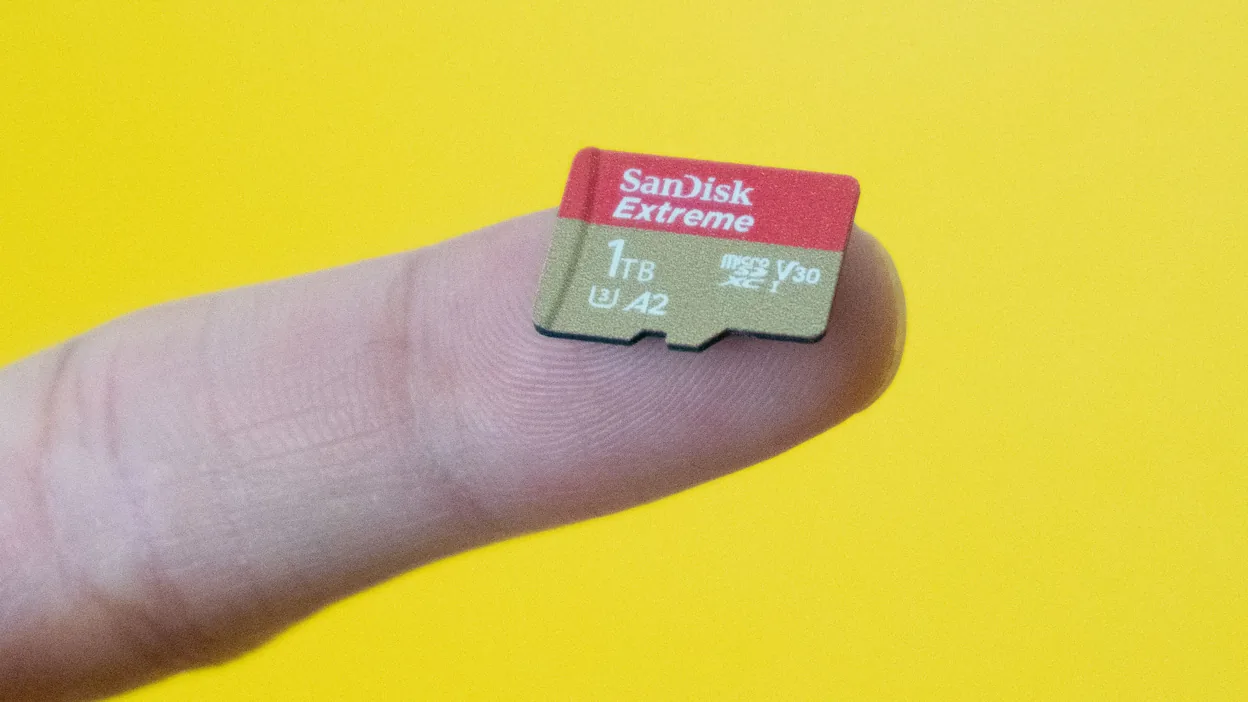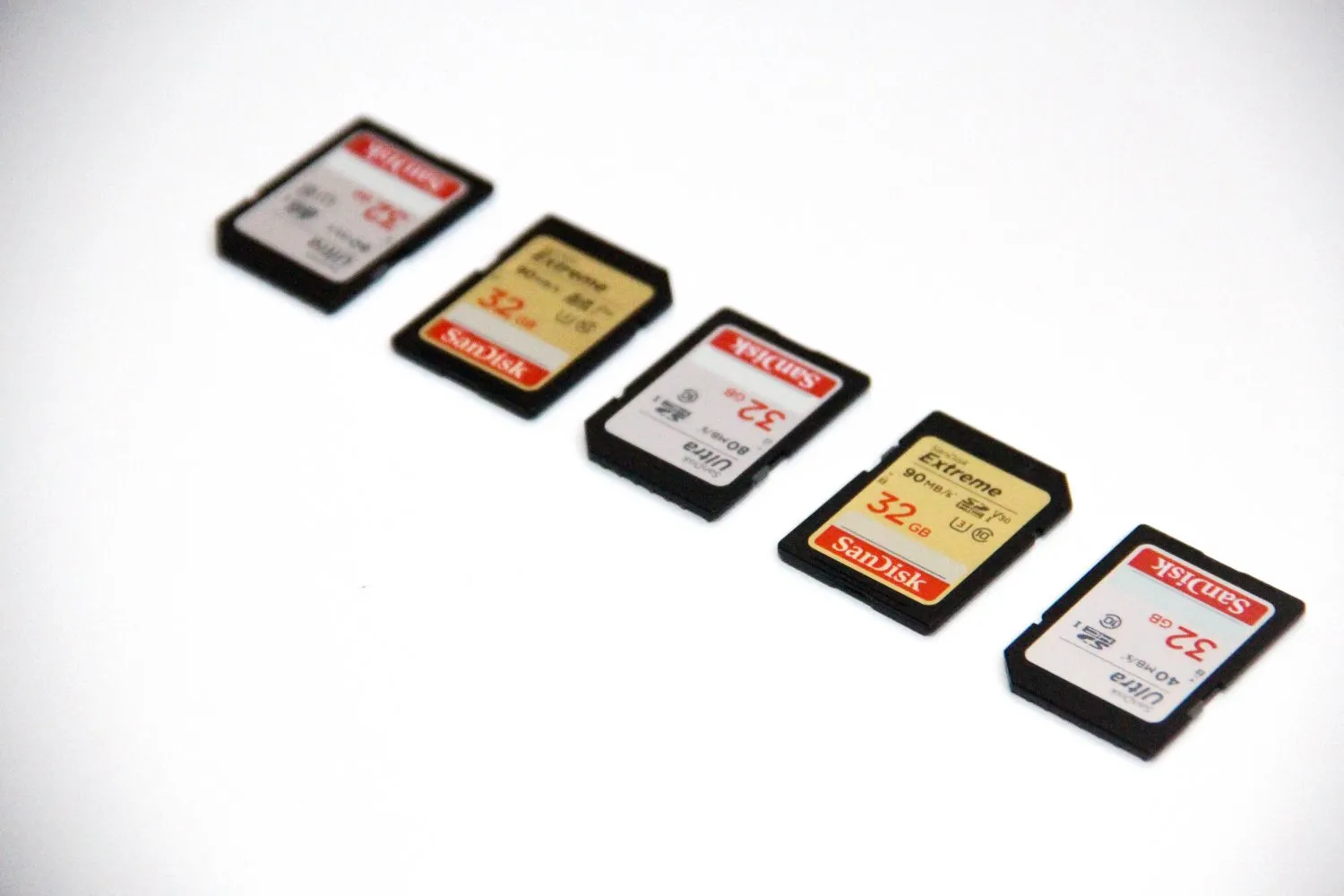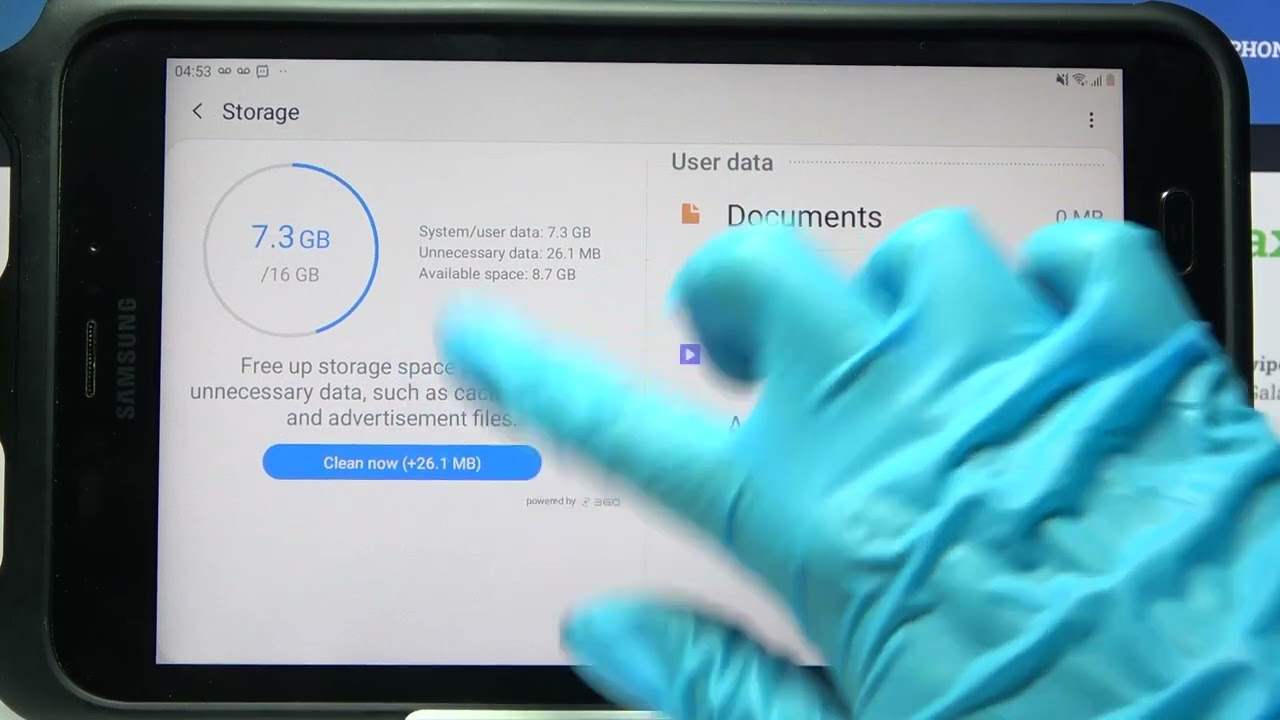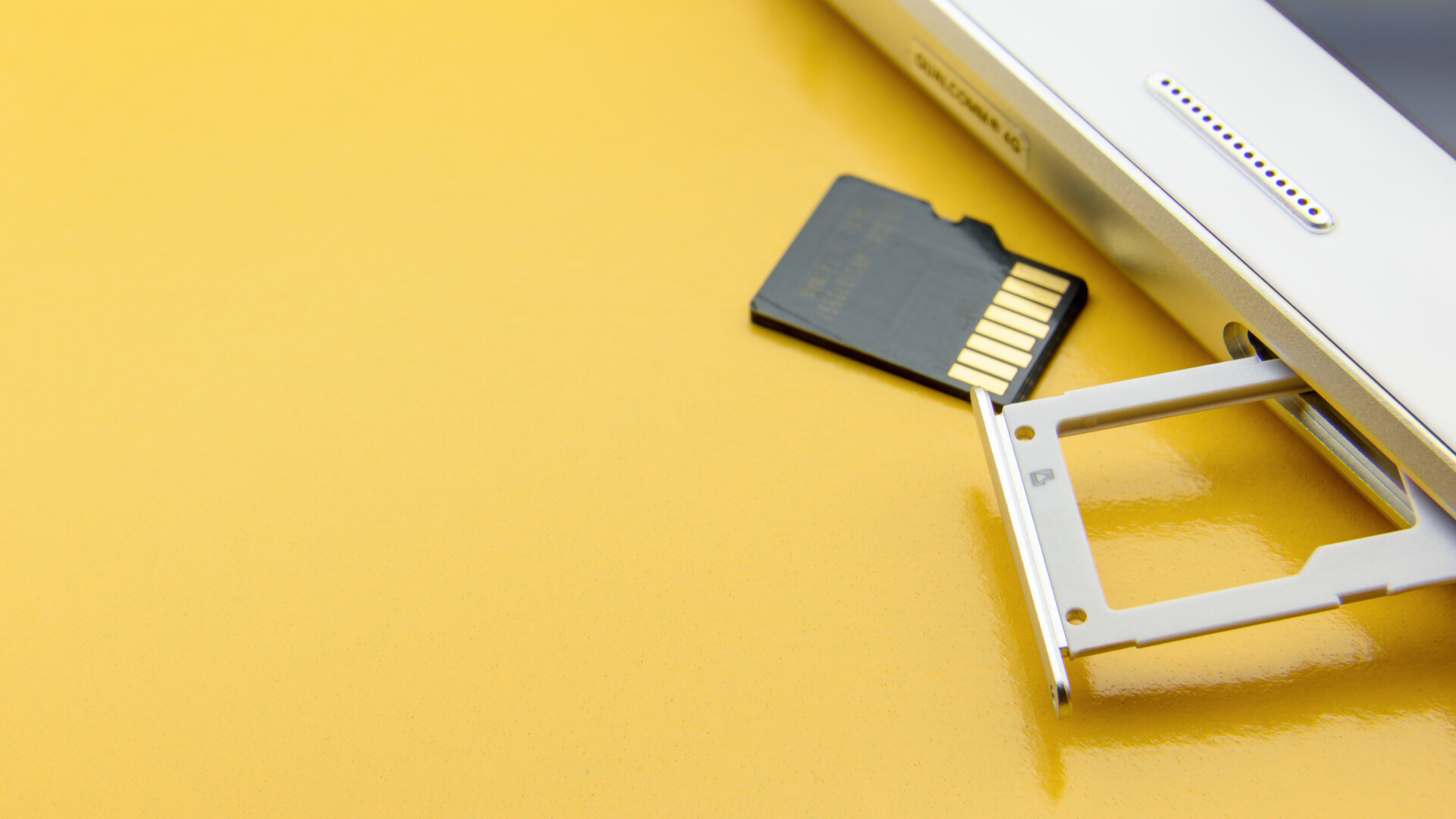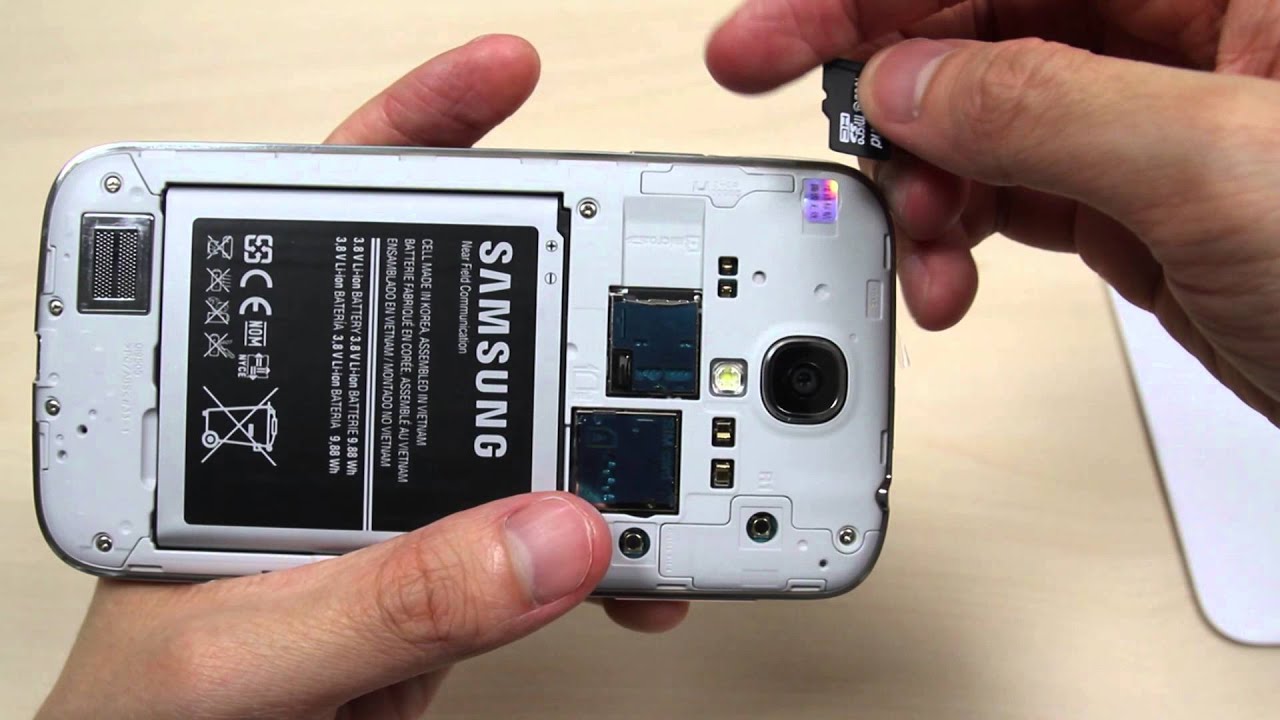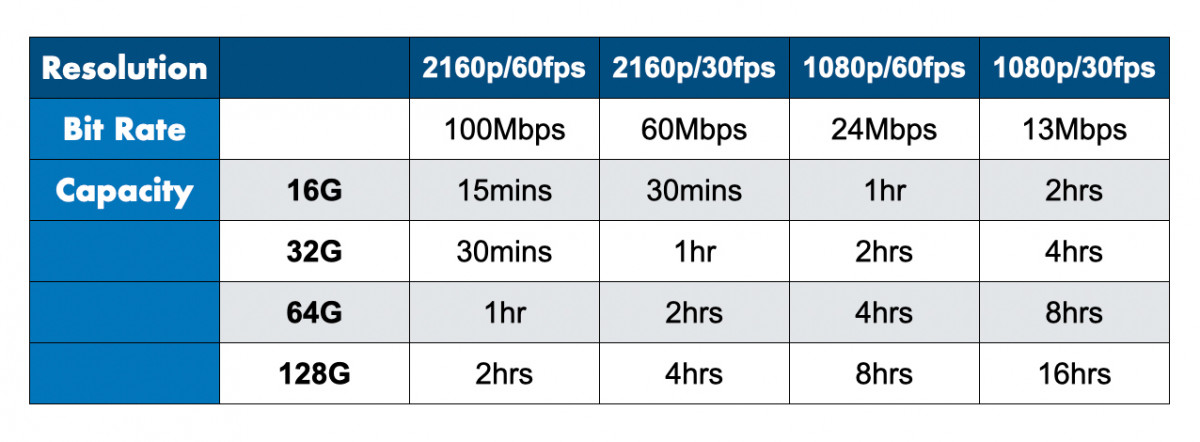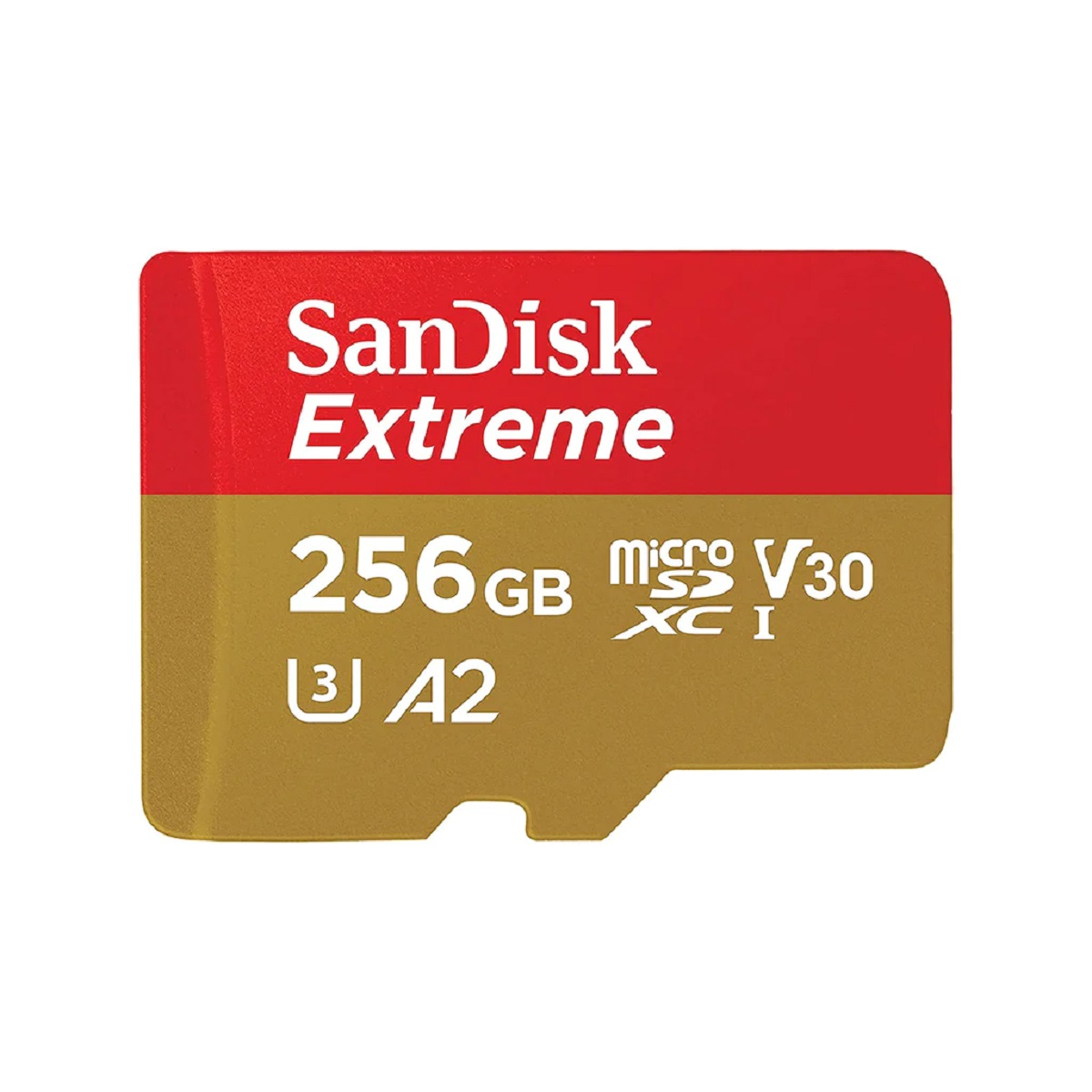Introduction
Welcome to the world of digital storage! Whether you’re an avid photographer, a music lover, or a tech enthusiast, you’ve likely heard of SD cards. These tiny, portable devices have revolutionized the way we store and transfer data in the digital age.
SD cards, or Secure Digital cards, are popular storage solutions used in a wide range of devices, including cameras, smartphones, tablets, and even gaming consoles. As technology continues to advance, the demand for high-capacity storage options has skyrocketed, making SD cards a staple in our everyday lives.
In this article, we will explore the various types of SD cards, delve into the factors that determine their prices, and provide insights into the average pricing. We will also discuss where you can purchase SD cards to suit your needs and budget.
Whether you’re a professional photographer looking for a reliable card to capture stunning images, a music enthusiast seeking additional storage for your extensive collection, or simply in need of more space for your smartphone apps and files, understanding SD cards will empower you to make informed decisions about your digital storage needs.
So, let’s embark on this journey to uncover the fascinating world of SD cards and discover how much they truly cost. But first, let’s understand what makes these cards so essential in our digital lives.
What is an SD Card?
An SD card, or Secure Digital card, is a type of removable storage device used to store and transfer digital data. It was introduced back in 1999 by the SD Card Association, and since then, it has become the de facto standard for portable storage in a wide range of electronic devices.
SD cards are compact in size and lightweight, making them easy to carry and insert into compatible devices such as cameras, smartphones, tablets, and laptops. They are designed to provide users with additional storage capacity beyond the internal memory of their devices, allowing for the seamless storage and transfer of photos, videos, music, documents, and more.
One of the key features of SD cards is their versatility. They come in different sizes and formats to suit various devices and user needs. The most common types of SD cards include:
- SDSC (Standard Capacity): These cards have a storage capacity of up to 2GB and are primarily used in older devices.
- SDHC (High Capacity): SDHC cards range from 4GB to 32GB in size, offering ample storage for most everyday users.
- SDXC (Extended Capacity): With capacities starting from 64GB and going up to a massive 2TB, SDXC cards are ideal for professionals and enthusiasts who require large amounts of storage space.
- MicroSD and MicroSDHC: These miniature SD cards are commonly used in smartphones, tablets, and other compact devices. They offer the same capacities as their standard counterparts but in a smaller form factor.
SD cards also come with different speed ratings, denoted by a class number or UHS (Ultra High Speed) rating. The speed class indicates the minimum write speed of the card, which affects tasks such as capturing high-definition video or transferring data quickly.
Overall, SD cards revolutionize the way we store and manage data, allowing us to expand storage capabilities beyond the limits of our devices. Understanding the different types and features of SD cards is crucial when choosing the right card for your specific needs.
Types of SD Cards
SD cards come in various types and formats, each tailored to specific devices and user requirements. Understanding the different types of SD cards will help you choose the right one for your needs. Let’s explore the most common types:
- SDSC (Standard Capacity): These cards were the first generation of SD cards and have a storage capacity of up to 2GB. While they are less common nowadays, you may still come across them in older devices that do not support higher capacity cards.
- SDHC (High Capacity): SDHC cards range from 4GB to 32GB in size. They are commonly used in digital cameras, camcorders, and other electronic devices. SDHC cards offer a sufficient amount of storage for most everyday users.
- SDXC (Extended Capacity): SDXC cards boast larger storage capacities, starting from 64GB and going up to a massive 2TB. These cards are mainly used in professional cameras, video recorders, and devices that require extensive storage space.
- MicroSD and MicroSDHC: MicroSD and MicroSDHC cards are smaller variants of the standard SD cards, designed for use in smartphones, tablets, and other compact devices. They offer the same storage capacities as their standard counterparts but in a smaller physical size.
- UHS-I: UHS-I (Ultra High-Speed) SD cards provide faster data transfer speeds, making them ideal for tasks that require quick and seamless performance, such as capturing high-definition videos and high-resolution photos.
- UHS-II and UHS-III: UHS-II and UHS-III cards are the next level in terms of speed and performance. They offer even faster data transfer rates, ensuring smooth and uninterrupted capturing of 4K videos and burst mode photography.
When purchasing an SD card, it’s essential to check your device’s specifications to ensure compatibility with the specific type and capacity of card you intend to use. Many devices nowadays support SDHC or SDXC cards, but it’s crucial to double-check to avoid any potential compatibility issues.
Now that we’ve explored the various types of SD cards available, it’s time to delve deeper into the factors that determine the price of an SD card.
Storage Capacity of SD Cards
The storage capacity of an SD card refers to the amount of digital data it can hold. SD cards offer a wide range of storage capacities to cater to different user needs. Let’s explore the storage capacities commonly available:
- 2GB to 32GB: SD cards within this range are typically classified as SDHC (High Capacity) cards. They are suitable for everyday users who need a moderate amount of storage space for photos, videos, music, and documents.
- 64GB to 2TB: SDXC (Extended Capacity) cards offer larger storage capacities, making them ideal for professionals and enthusiasts with hefty storage demands. These cards are perfect for capturing high-resolution photos and videos or storing a vast collection of files.
When deciding on the storage capacity of an SD card, it’s crucial to consider your intended usage and the types of files you plan to store. High-definition videos, raw image files, and large software applications require more storage space compared to smaller files like text documents or low-resolution images.
It’s important to note that the available storage capacity of an SD card is not utilized entirely for data storage. A portion is reserved for the card’s file system and file allocation table, which helps organize and manage the stored data.
To determine your storage requirements, consider factors such as the resolution and file size of your photos and videos, the number of files you plan to store, and any future storage needs. It’s always a good idea to opt for a card with slightly more capacity than you currently need to accommodate any future expansion.
Remember that the storage capacity of an SD card determines how much data it can hold, but it doesn’t affect the performance or speed of the card. When it comes to speed, it’s essential to consider other factors like the class rating or UHS speed class rating of the card, which refers to the minimum write speed required for specific tasks.
Now that we have a better understanding of the storage capacities offered by SD cards, let’s move on to discuss the factors that influence the pricing of these versatile storage devices.
Factors that Determine the Price of an SD Card
When shopping for an SD card, you may notice that prices can vary significantly. Several factors contribute to the pricing of these storage devices. Understanding these factors can help you make an informed decision and find the right SD card for your needs. Let’s explore the key factors that determine the price of an SD card:
- Storage Capacity: The storage capacity of an SD card has a direct impact on its price. As the capacity increases, so does the price. Higher-capacity SD cards, such as those offering 128GB or 256GB, tend to be more expensive compared to lower-capacity options like 16GB or 32GB cards.
- Speed Class: SD cards come with different speed ratings, typically indicated by a class or UHS (Ultra High-Speed) rating. Cards with higher speed class ratings, such as Class 10 or UHS-II, are generally priced higher than slower cards. Faster speed classes are beneficial for tasks that require quick data transfer, such as capturing high-definition videos or continuous burst photography.
- Brand Reputation: Well-known brands in the storage industry often charge a premium for their SD cards. These brands have established a reputation for quality, reliability, and performance. While you may find cheaper options from lesser-known brands, it’s important to carefully evaluate their reliability and customer reviews before making a purchase.
- Read/Write Speeds: SD cards with faster read and write speeds tend to be more expensive. Higher read/write speeds contribute to smoother performance when capturing photos and videos or transferring data. If you require fast and efficient data handling, you may need to invest in a higher-priced SD card with better read/write speeds.
- Special Features: Some SD cards come equipped with additional features to enhance their functionality. For example, certain SD cards provide built-in Wi-Fi capabilities for wireless transfers or remote access. These advanced features often come at a higher price point, catering to specific needs and preferences.
It’s important to strike a balance between your budget and the necessary features and capabilities you require in an SD card. Consider your intended usage, the device’s compatibility, and the importance of factors like storage capacity and speed before making a purchase decision.
Now that we understand the factors involved in the pricing of SD cards, let’s move on to the next section to explore the average prices you can expect to find in the market.
Average Pricing of SD Cards
The pricing of SD cards can vary based on factors such as storage capacity, speed class, brand reputation, and additional features. While specific prices will depend on the individual card and the retailer, understanding the average pricing range can help you budget and find the right SD card within your desired price range.
For lower-capacity SD cards, such as those with 16GB or 32GB storage capacity, you can expect to find options ranging from $5 to $20. These cards are suitable for basic storage needs and are often more affordable.
Mid-range capacity SD cards, such as 64GB or 128GB, typically fall within the price range of $20 to $50. These cards offer a balance between storage capacity and affordability, making them popular choices for many users.
When it comes to higher-capacity SD cards, such as those offering 256GB or 512GB storage, the prices can range from $50 to $150 or more. These cards are ideal for professionals and individuals with demanding storage requirements.
Additionally, SD cards with faster speed classes, such as UHS-II or UHS-III, may come at a premium. These cards, designed for tasks that require quick data transfer, can range from $30 to $100 or more, depending on the capacity and brand.
Brand reputation also plays a role in pricing. Well-known and trusted brands often command higher prices due to their established reputation for quality and reliability. On the other hand, lesser-known brands may offer more budget-friendly options, but it’s essential to carefully evaluate their reliability and customer reviews before making a purchase.
It’s worth noting that SD card prices can fluctuate based on market demand, promotional offers, and technological advancements. Prices may also vary between physical retail stores and online marketplaces, so comparing prices from different sources can help you find the best deal.
When considering the pricing of SD cards, prioritize your specific needs and budget. Determine the storage capacity and speed class required for your intended usage and balance it with your budgetary constraints. Remember, it’s important to invest in a reliable and reputable SD card to ensure the safety and longevity of your valuable data.
Now that we have explored the average pricing range, let’s move on to the next section to discover the various places where you can purchase SD cards.
Where to Buy SD Cards
When it comes to purchasing SD cards, you have several options available to you. Here are some popular places where you can buy SD cards:
- Electronic Retailers: Electronics retailers, both online and physical stores, are a common choice for purchasing SD cards. Large retailers like Best Buy, Amazon, and Newegg offer a wide variety of SD cards from different brands and capacities. Online shopping platforms provide convenience and a vast selection, while physical stores allow you to see and compare the products before making a purchase.
- Camera Stores: Specialty camera stores often carry a range of SD cards that are specifically tailored to the needs of photographers and videographers. These stores are staffed by knowledgeable professionals who can offer expert advice on choosing the right SD card for your camera and shooting requirements.
- Office Supply Stores: Office supply stores like Staples and Office Depot often carry SD cards in their technology sections. These stores are convenient options if you need to purchase an SD card along with other office or technology supplies.
- Online Marketplaces: Online marketplaces such as Amazon, eBay, and Walmart.com offer a wide selection of SD cards from various sellers. These platforms provide user reviews and ratings, helping you make informed purchase decisions. However, it’s important to ensure that you are purchasing from reputable sellers to avoid counterfeit or low-quality cards.
- Manufacturer Websites: Many SD card manufacturers, such as SanDisk, Kingston, and Lexar, have their official websites where you can find and purchase their products. Buying directly from the manufacturer’s website ensures authenticity and may provide additional warranty or customer support benefits.
- Local Electronics or Computer Stores: Local electronics or computer stores often stock SD cards. These smaller stores may offer a limited selection compared to larger retailers but can be a convenient option if you prefer to browse in person and receive personalized assistance.
Before making a purchase, it is crucial to compare prices, read customer reviews, and consider factors such as warranty, return policies, and customer support. This will help ensure that you are getting a genuine and reliable SD card that meets your needs.
When buying an SD card, it’s recommended to purchase from reputable sources to avoid counterfeit or low-quality cards that can compromise your data’s safety and performance. Consider your specific requirements, budget, and the reputation of the seller or retailer to make an informed decision.
Now that you know where to buy SD cards, let’s conclude our exploration of SD cards and their pricing.
Conclusion
SD cards have become an integral part of our digital lives, providing us with convenient and portable storage solutions for a wide range of devices. Understanding the various types, storage capacities, factors that determine pricing, and where to buy SD cards is essential when navigating the market.
We explored the different types of SD cards, including SDSC, SDHC, SDXC, and MicroSD cards, each tailored to specific devices and user needs. We also discussed the importance of considering storage capacity when choosing an SD card, taking into account factors such as file size and future storage requirements.
Factors such as storage capacity, speed class, brand reputation, read/write speeds, and special features influence the pricing of SD cards. By understanding these factors, you can make an informed decision and find an SD card that fits your requirements and budget.
We also discussed where to buy SD cards, including electronic retailers, camera stores, online marketplaces, manufacturer websites, and local electronics or computer stores. It’s crucial to prioritize purchasing from reputable sources to ensure the authenticity and quality of the SD card.
When it comes to purchasing an SD card, it’s recommended to strike a balance between your storage needs, budget, and the reliability of the card. Investing in a high-quality SD card from a reputable brand will ensure the safety and longevity of your data.
Now armed with knowledge about SD cards, their types, storage capacities, pricing factors, and where to purchase them, you can confidently make an informed decision and find the perfect SD card to suit your needs. So go ahead, choose the right SD card, and unlock the power of expanded digital storage!







